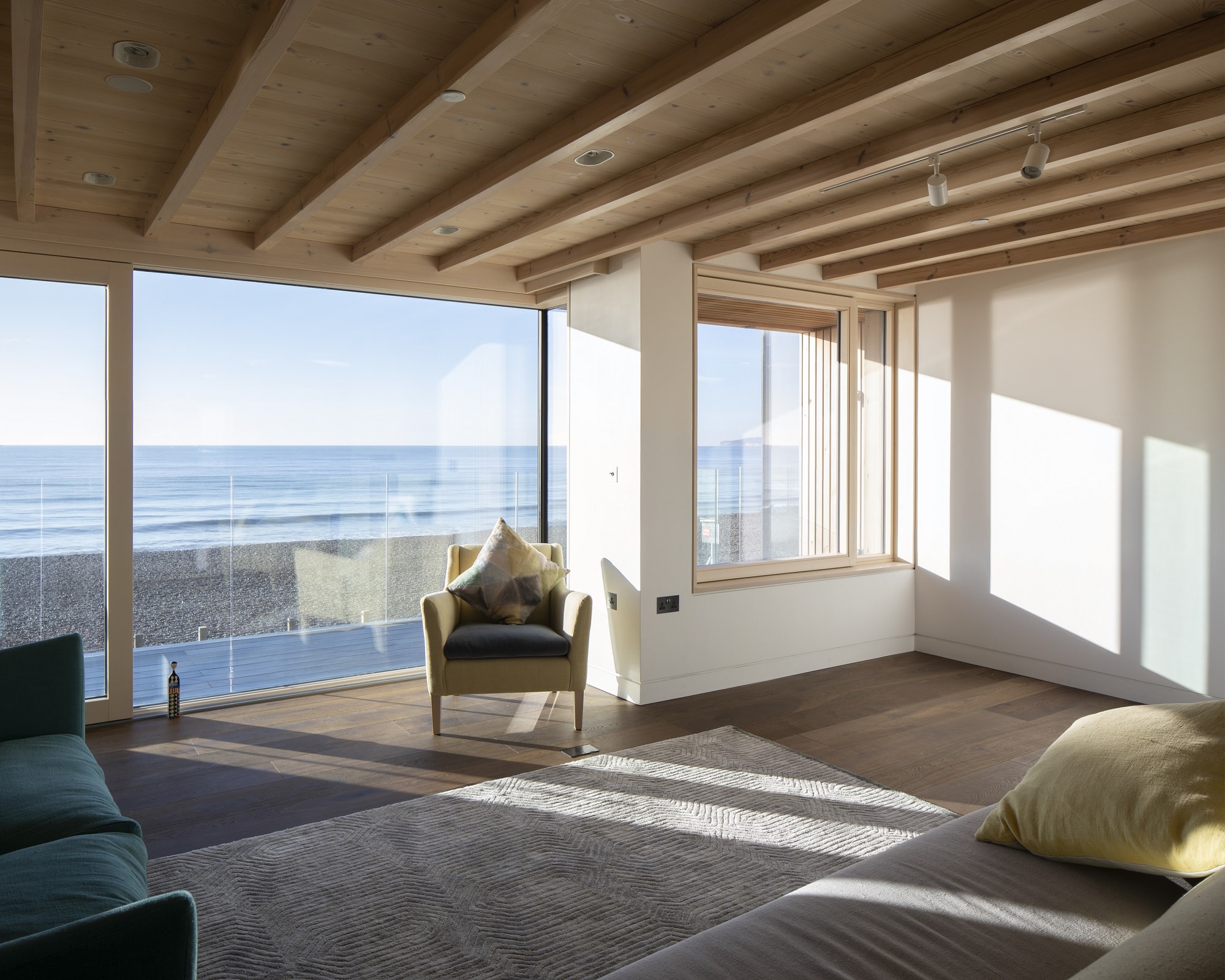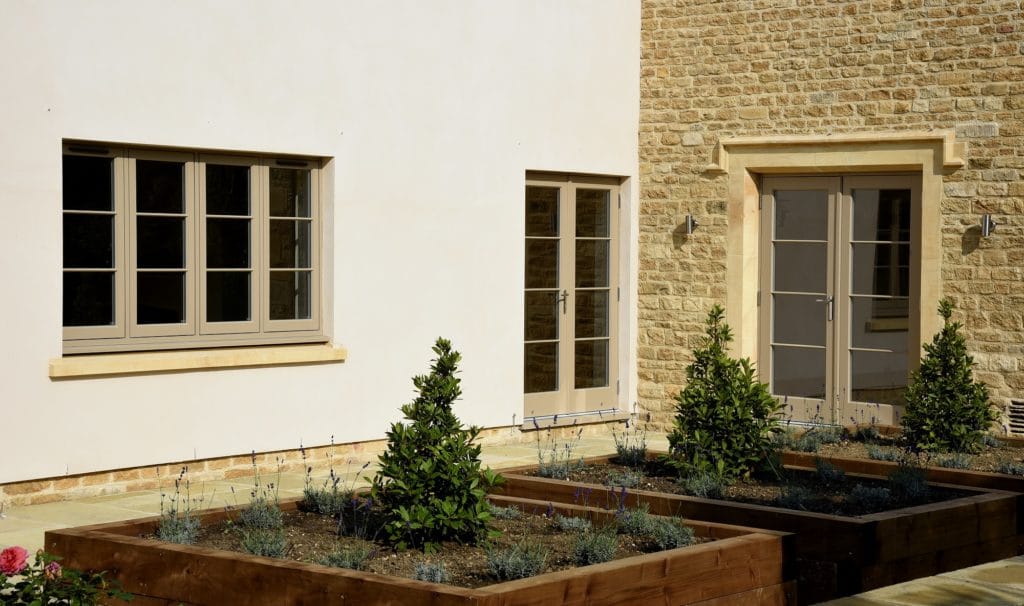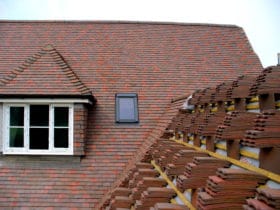
Use code BUILD for 20% off
Book here!
Use code BUILD for 20% off
Book here!Whether you’re building from scratch or planning a renovation, doors and windows are going to form an important part of your building’s facade, both in terms of functionality and style.
Your glazing choices will contribute to the thermal performance of your home, as well as add value and kerb appeal.
Plus, bringing in daylight has an important link to health and wellbeing.
Here are some of the key things you need to think about when specifying windows and doors.
Learn more: Choosing Windows – The Ultimate Guide
You can get real wow-factor with your doors and windows, both in a modern and traditional context. Think about how the style of your house and fenestration will complement each other.
For contemporary homes, think floor-to-ceiling units, dramatic glazed gables and oversized front doors. If you’re working on a period property, think about how the doors and windows can enhance its elegance whilst banishing draughts.
Understand how windows will bring in daylight and (possibly) warmth, as well as how they can be a focal feature.

This stunning project by RX Architects makes use of a combination of openable units and fixed panes, offering gorgeous coastal views. Image: Richard Chivers
Start with looking at how daylight moves across your plot or property. This will help inform your layout and where windows are best placed to maximise the sun.
“Privacy and overlooking need to be considered, but of course maximisation of key views out and possibilities of sky and star gazing and also all part of the ingredients,” says Nicolas Tye from Tye Architects. “Don’t forget it’s lovely to wake up to the eastern sunrise and great to look out in the evening on the sunsets where the site allows.”
Some councils will stipulate the type of windows and doors you can include based on the local vernacular or if you’re working on a listed building or in a conservation area. “It’s worth talking to a window supplier early on, as you may need to submit samples of your chosen windows for planning approval,” says Darren Long from Internorm.
Plus, your architect may have grand designs for your fenestration, but make sure it’s practical in terms of costs. “It’s a glazing specialist’s job to translate your vision into a functional product,” adds Darren. “So, talk to us alongside your designer so that you can get a proper idea of what might be possible, and how much you should budget.”
Trading solid walls for floor-to-ceiling windows can bring in warmth from solar gain, but it could also allow for more heat to be lost via the glass and you can risk rooms overheating. “Glazing is critical, but there are also considerations to be made on cost, orientation and solar heat gain and heat loss,” says Nicolas.
“If you’ve got view out to the north, a large picture window will look great, but you won’t benefit from free sunlight and may lose a lot of heat,” says Darren. “Triple glazing could combat this, as well as compensating with other types of windows to the south.” And it’s not just the glass, as certain frame materials will provide better thermal performance.
The right window or door supplier will come down to the style you’re after, the level of thermal performance you require and how much they cost. Look to get a company involved early in your project and always ask to see their work on similar homes to yours.
While lead times can vary from a couple of weeks up to over two months for highly engineered units, if you’ve got early involvement from a supplier, the pieces will fall into place much better and help to minimise delays with ordering and manufacturing.
Some companies will offer a supply and install service which means you have one point of contact for the whole solution – very helpful. Others might only manufacture the units and instead have a list of local installers that have experience with their products, so you can be assured of quality and aftercare if something goes wrong.
Your builder might be competent but allowing them to install your precision engineered glazed doors could void the warranty.

Dale Joinery provided matching fenestration to this self build to complement the neutral render and Cotswold stone finishes. Image: Dale Joinery
Creating a bespoke home, whether from scratch or through renovating, means that you’re likely after high performing products that will match your aesthetics and help you be more energy efficient (and save money on your bills).
For doors and windows, you’ll need to adhere to Building Regulations, but many self builders go for a higher spec for optimum performance. The target U-value – according to the regs – of a window or rooflight is 1.6W/m2K and 1.8W/m2K for doors, but many people prefer to opt for units with U-values of below 1.
Things like safety glass for security and accessibility should be built into your fenestration and it’s up to the glazing manufacturer to provide you with units that are compliant.
For a new build, your building inspector (who will be signing off the project at different stages to ensure everything is up to code) will normally have a look at the windows when you ask for full Building Regs approval. If you’re renovating, get a FENSA-registered installer, who can self-certify.
Main image: Norrsken high performance windows and doors. Photo by Dug Wilders

